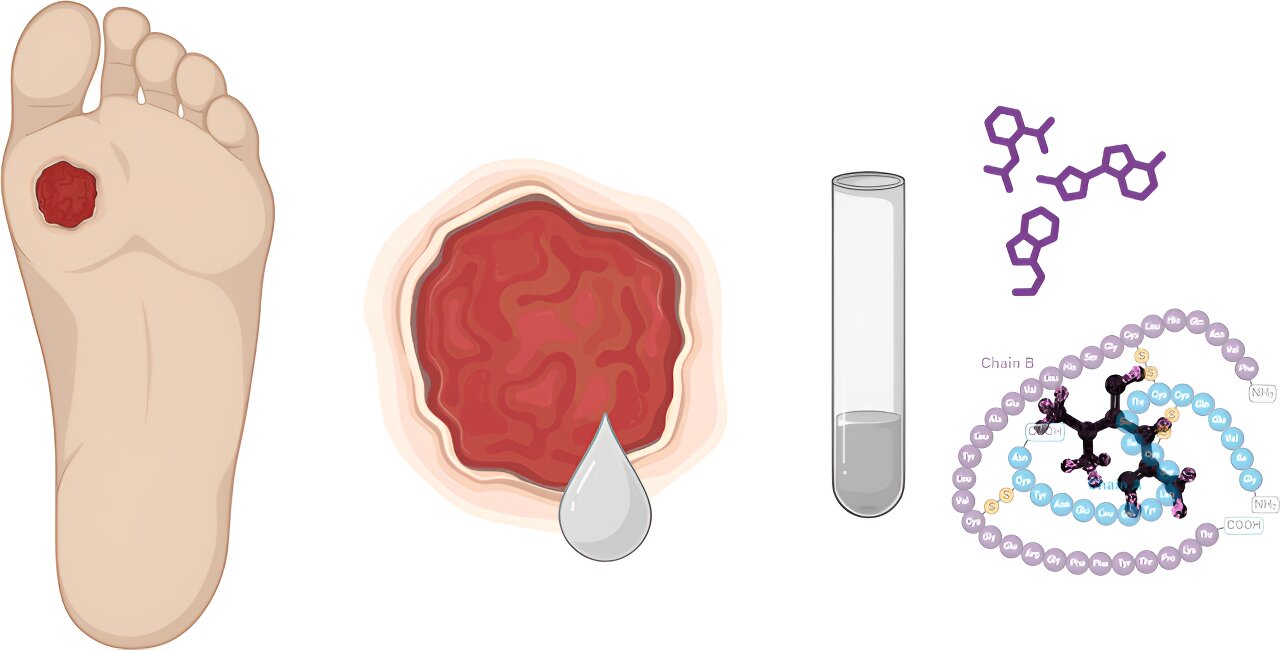Researchers from the University of Missouri are studying potential therapies to target specific cells linked to the development of cardiovascular and metabolic disorders like high blood pressure and type 2 diabetes.
A newly released study focused on a cluster of chemoreceptors cells located near the carotid artery in the neck. When overactive, the cells are a predictor of cardiovascular-related conditions and mortality.
Because these chemoreceptors can sense the concentration of oxygen in the body, MU researchers raised the question of whether manipulating oxygen levels might affect chemoreceptor overactivity and potentially impact cardiovascular and metabolic function.
“There are exciting studies in rats that show removing these chemoreceptors when they become overactive can improve issues like high blood pressure and high blood sugar,” said Jacqueline Limberg, first author and associate professor of nutrition and exercise physiology. “Before we consider completely removing them in patients, we theorized that high doses of oxygen might reduce or ‘shut off’ chemoreceptor activity, thus improving health outcomes.”
Two groups participated in the MU study — 17 people with and 20 people without type 2 diabetes as the control. The research team found the peripheral chemoreceptors were indeed overactive in adults with diabetes, with the highest level of activity associated with patients with the highest blood sugar.
After entering hyperoxia — a state where one is exposed to high levels of oxygen — the chemoreceptors’ activity fell, along with heart rate, blood pressure and the number of breaths taken per minute. The effect, however, did not differ between the two groups. In addition, there was no impact on glucose tolerance or insulin sensitivity.
“The goal of this study was to understand how peripheral chemoreceptors affect the cardiovascular and metabolic consequences of type 2 diabetes,” said Camila Manrique-Acevedo, co-author and professor of medicine. “We now understand one bout of hyperoxia does not immediately improve function. Having this information allows us to focus our attention on other therapies that show promise for patients with type 2 diabetes.”
Jacqueline Limberg, PhD is an associate professor of nutrition and exercise physiology, with appointments in the College of Agriculture, Food and Natural Resources. Camila Manrique-Acevedo, MD is a professor of medicine and the Thomas W. Burns, MD, Distinguished Professor in Diabetes at the School of Medicine. She is also a NextGen Precision Health investigator.

